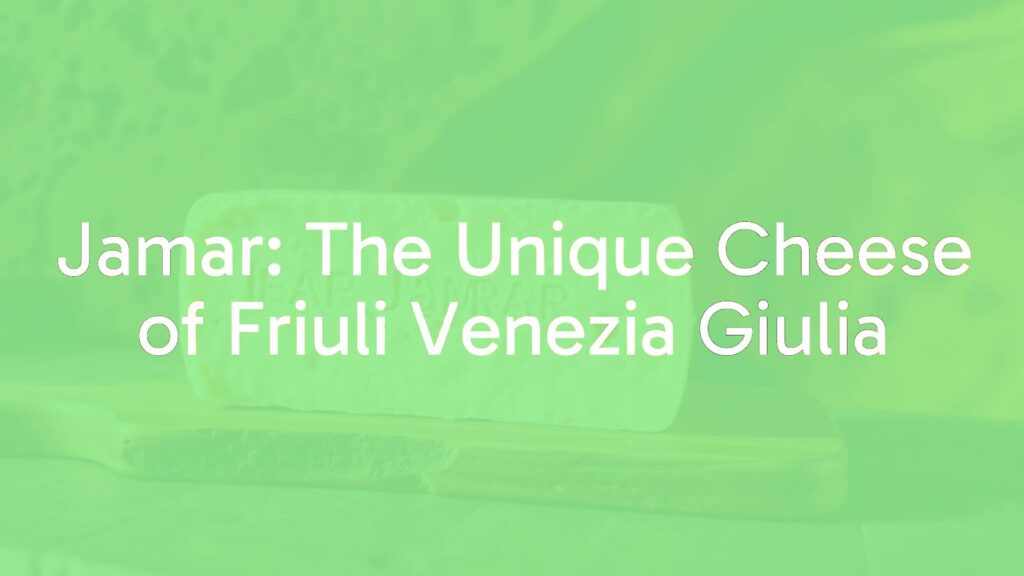Discovering Jamar: An Italian Cheese with a Distinctive Aging Tradition
What Sets Jamar Apart?
Jamar is a remarkable cheese originating from Italy’s northeastern Friuli Venezia Giulia region, celebrated for its unique maturation process inside natural limestone caves. This semi-hard to hard cheese stands out due to its terroir-influenced flavor and visually distinct appearance, resulting from an aging method that reflects centuries-old local tradition. Its name, “Jamar,” is said to derive from the Slovenian word for “cave” (jama), highlighting its crucial geographical and cultural ties to the borderlands between Italy and Slovenia.
Historical Roots and Cultural Heritage
The story of Jamar cheese is deeply intertwined with the Karst Plateau, an area renowned for its underground cave systems. These caves have been used by local cheesemakers since at least the 19th century, leveraging the naturally cool, humid conditions for perfect preservation and maturation. Over time, Jamar has come to represent the resilience and inventiveness of local dairy artisans, who traditionally used cave-aging both for flavor development and as a way to safely store cheese before the advent of refrigeration.
Production Insights and Main Characteristics
Jamar is typically crafted from high-quality, locally sourced cow’s milk. After being curdled, pressed, and salted, wheels of cheese are wrapped—often in cloth—and placed deep within the caves, where the microclimate encourages slow ripening. This environment fosters the formation of a thick, mottled rind and concentrated interior. The finished cheese is ivory to pale yellow in color, with a firm yet crumbly texture. Flavor-wise, Jamar delivers pronounced earthy, mineral notes, complemented by subtly nutty and savory undertones. As it ages, the taste becomes more robust and slightly piquant, making it a prized treat among cheese aficionados.
Enjoyment: Pairings and Serving Traditions
Traditionally, Jamar is sliced or shaved thin and enjoyed as part of an antipasto platter. Its strong character pairs well with local cured meats like prosciutto di San Daniele or rustic salumi, and it often finds its place alongside pickled vegetables, olives, or fresh bread. For beverages, the cheese’s bold profile stands up to full-bodied red wines from the nearby Collio or Carso regions, as well as to structured white wines that can complement its minerality.
Variations and Contemporary Appreciation
Because Jamar’s identity is tied so closely to the artisan methods and specific cave locations, no two batches are exactly alike, allowing for small but noticeable variations between producers. Some cheeses may be aged slightly longer for a more pronounced flavor, while others may feature differences based on the local flora present in individual caves. Contemporary chefs in northern Italy have also begun experimenting with Jamar, using it in creative starters, risottos, or even grated over roasted vegetables to introduce a distinctive local flair.
Cultural Significance and Preservation
Jamar remains a cornerstone product in the Friuli Venezia Giulia region, symbolizing the area’s culinary identity and the enduring bond between nature and tradition. Its presence at local festivals and in regional markets testifies to its treasured status. When serving Jamar, let it come to room temperature to release its full spectrum of aromas and flavors, and present it with simple accompaniments that won’t overshadow its unique, cave-matured qualities.

